Leverage the resources of the National Weather Service to help keep your people safe from severe weather events.
Weather Alerting using FIPS6, UGC County, and UGC Zone Codes
It’s 3rd shift, and a tornado warning has been issued in your area. As the safety director for your organization, you are responsible for making sure that everyone in your organization is aware of the danger and takes shelter, but how do you make sure everyone in your organization is alerted of the situation, even if you have left for the day?
With InformaCast and our Inbound CAP (Common Alerting Protocol) feature you can send automated weather notifications triggered when the National Weather Service issues alerts. And you can customize the notifications based on your location and the type of weather (i.e., flood, tornado, severe thunderstorm) you want to be alerted about.
In order to set up these alerts however, you will need to gather the correct information to identify your location and the type of weather event to enter into InformaCast while configuring the CAP plugin. The Singlewire Academy offers a CAP Data Gathering Worksheet where you can organize and record this information.
Gather the Type of Weather Event
To set these alerts up, you will need to find the exact text the NWS will use when the weather event you want to alert on is posted.
- Access the National Weather Service’s list of weather events from https://alerts.weather.gov/cap/product_list.txt
- Locate the entry you want to filter on and copy that text
Gather Geographic Data
The CAP data in the weather alert posted by the National Weather Service will contain many attributes to describe geographic areas and locations. You need to locate the values of these attributes for your location. More information about these attributes can be found at https://alerts.weather.gov/
You will need to gather the following information for each location you need to monitor:
National Weather Service Data Source
- To locate the URL where the NWS will post weather alerts for your site:
- Access the National Weather Service Website
- Scroll down until you locate your State and click on the “County List”
- Locate the county for your site and click the Atom link
- Copy the URL and save it. This is the Data Source URL
FIPS6
- Codes are unique to a county of a state and contain the following:
- Two-digit state number
- Three-digit county number
- To locate the FIPS6 code for the county of your site:
- Access the National Weather Service site
- Locate your state and view either the PDF or JPG

- View the map and locate the county your site is located within and copy the FIPS6 Code
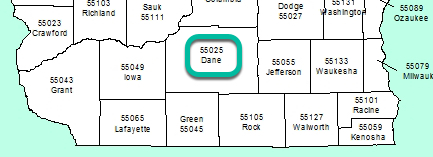
UGC County
- Codes map to the county of a state and contain the following:
- Two-letter state abbreviation
- The letter “C” for county
- The digit county number
- To locate the UGC County Code for your site:
- Access the National Weather Service Website
- Scroll down until you locate your State and click on the “County List”
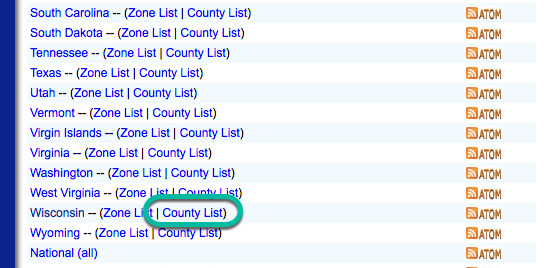
- Locate your county and copy the “County Code” for the county
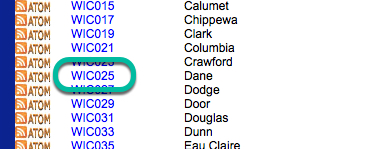
UGC Zone
- Codes map to Weather Forecast Office areas of public forecast responsibility and contain the following:
- Two-letter state abbreviation
- The letter “Z” for county
- The digit zone number
- To locate the UGC Zone Code for your site:
- Access the National Weather Service Website
- Scroll down until you locate your State and click on the “Zone List”
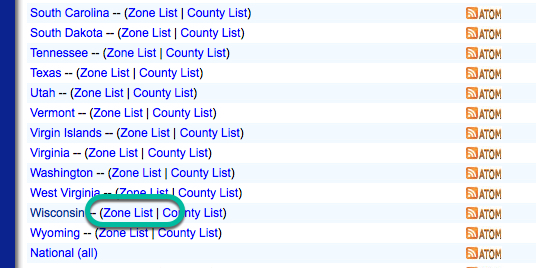
- Locate your county and copy the “Zone Code for the County
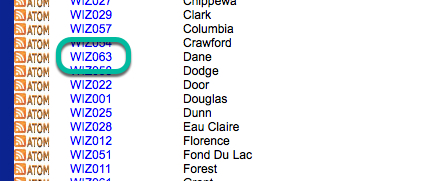
Once you have collected this information and filled out the CAP Data Gathering Worksheet, you are ready to begin configuring the CAP plugin and setting up your automated alerts.
For more information on the Inbound CAP for automated weather alerting or a step-by-step guide to configuring this feature, please watch our Singlewire Academy on-demand video: Automated Weather Alerts.
